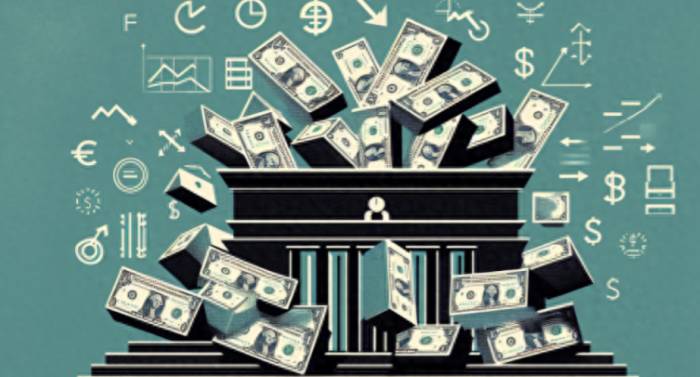Powell's remarks seem quite balanced, with traders anticipating two rate cuts of 25 basis points each by the Federal Reserve in 2024.
At 22:00 Beijing time, Powell delivered the semi-annual monetary policy testimony at the Senate Banking Committee.
Powell stated that the U.S. labor market is robust but not overheating.
Inflation is not the only risk we face, and "more good data" will bolster confidence in inflation.
It is not appropriate to adopt a rate-cutting policy before the Fed's confidence in inflation consistently moving towards 2% strengthens.
Powell indicated that the labor market has regained a better balance.
This can be seen from the ratio of job openings to unemployment rate, which has returned to pre-pandemic levels.
Powell said that the U.S. economy has made considerable progress in achieving the Fed's 2% inflation target.
He added that recent indicators suggest the economy is expanding steadily.
Powell stated, "We continue to make decisions one at a time.
Easing policy too early or too much could harm progress on inflation."
Advertisement
However, he noted that "the next policy move is unlikely to be an interest rate hike," and "the likely direction seems to be" rate cuts.
More good data will enhance the Fed's confidence in rate cuts, and inflation data this week, if in line with expectations, will push the Fed to cut rates before September.
Powell sidestepped the question of the impact of tariffs on inflation if Trump is re-elected, saying, "We very much do not comment on campaign-type information."
As Powell made the aforementioned remarks, spot gold dropped $6 in a short time, and the U.S. dollar index rose more than 10 points in a short time.
The fluctuation of spot gold in a short time expanded to $15, and the fluctuation of spot silver in a short time expanded to $0.4.
COMEX's most active gold futures contract traded 2092 hands in a minute between 22:00 and 22:01 on July 9, with a total value of $496 million.
"Fed mouthpiece" Nick Timiraos said that Fed Chairman Powell hinted that given inflation has resumed its decline and the labor market shows signs of cooling, the Fed is paying more attention to when to cut rates.
Bloomberg reporter Steve Matthews said that, overall, Powell's monetary policy seems quite balanced.
Recent inflation data show that further moderate progress and more good data will enhance the Fed's confidence in the inflation rate returning to 2%, which is the condition for rate cuts.
Powell emphasized that there are two-sided risks in policy: acting too early or acting too late.
Powell described the labor market as "strong but not overheating" – this clearly indicates that the Fed is not trying to further moderate the job market.
Analysts pointed out that Powell's remarks suggest that the FOMC is unlikely to cut rates at the end of this month's meeting.
U.S. Treasury yields fluctuated but rose during the day, and the S&P 500 index maintained its upward trend after Powell's testimony was released.
Traders estimate that the possibility of the Fed cutting rates for the first time in September is slightly higher than 70%.
They anticipate two rate cuts of 25 basis points each in 2024.
Ira Jersey, Bloomberg Intelligence's chief interest rate strategist, noted that there was not much new content in the testimony, but it did emphasize the extent to which the Fed relies on data.

"September is the stage for (possible) rate cuts, but the Fed still faces significant risks in September, when they might be accused of helping the Democrats (before the election).
What kind of chain political effects would we bring if we do this?"
Jersey added that many investors are worried that inflation is still too high.
The Fed has taken note that spending is still quite high, although it has slowed down.
So I think officials do not need to cut rates.
But once they really start cutting rates, they will want to continue, and it may be faster than the market expects.
We expect the Fed to start cutting rates in November.